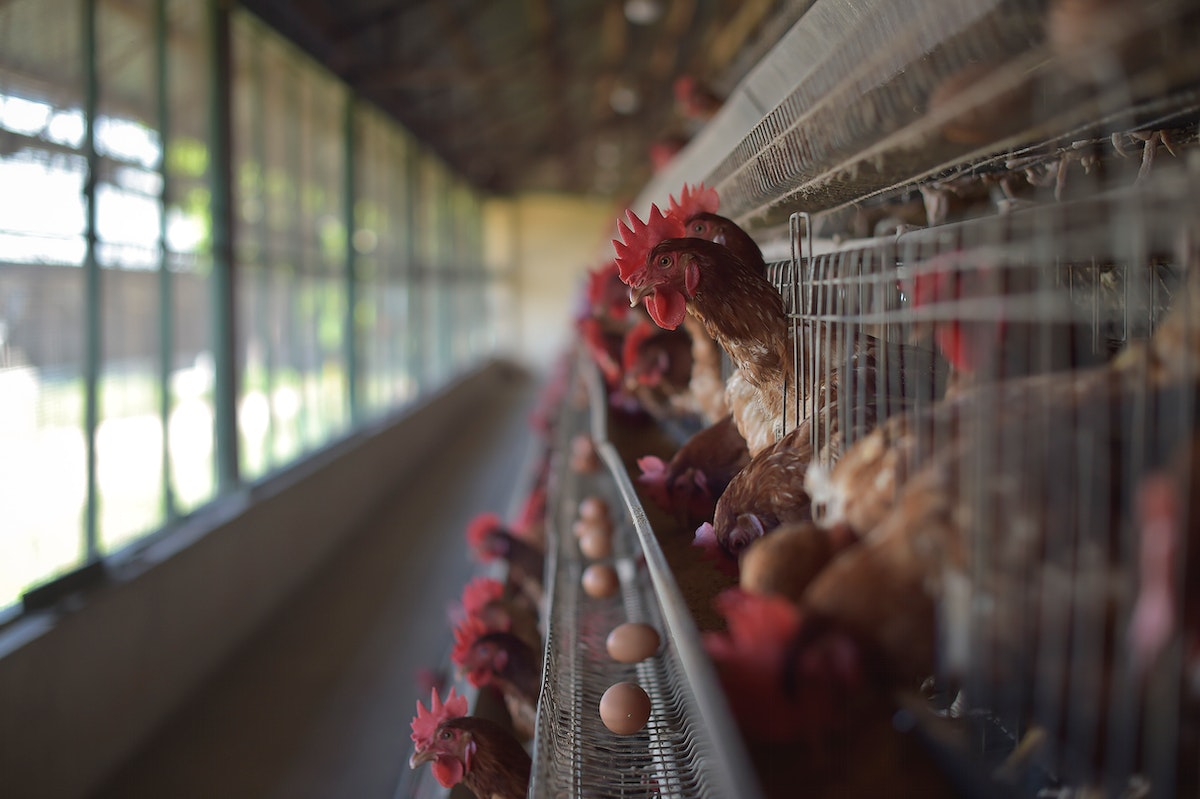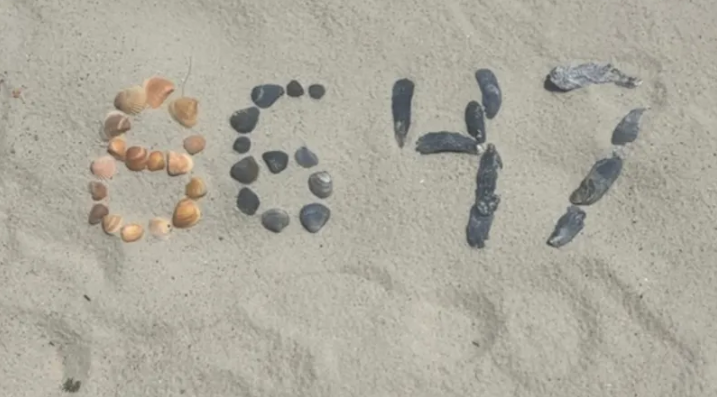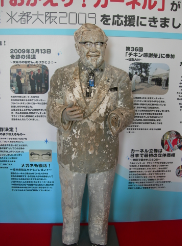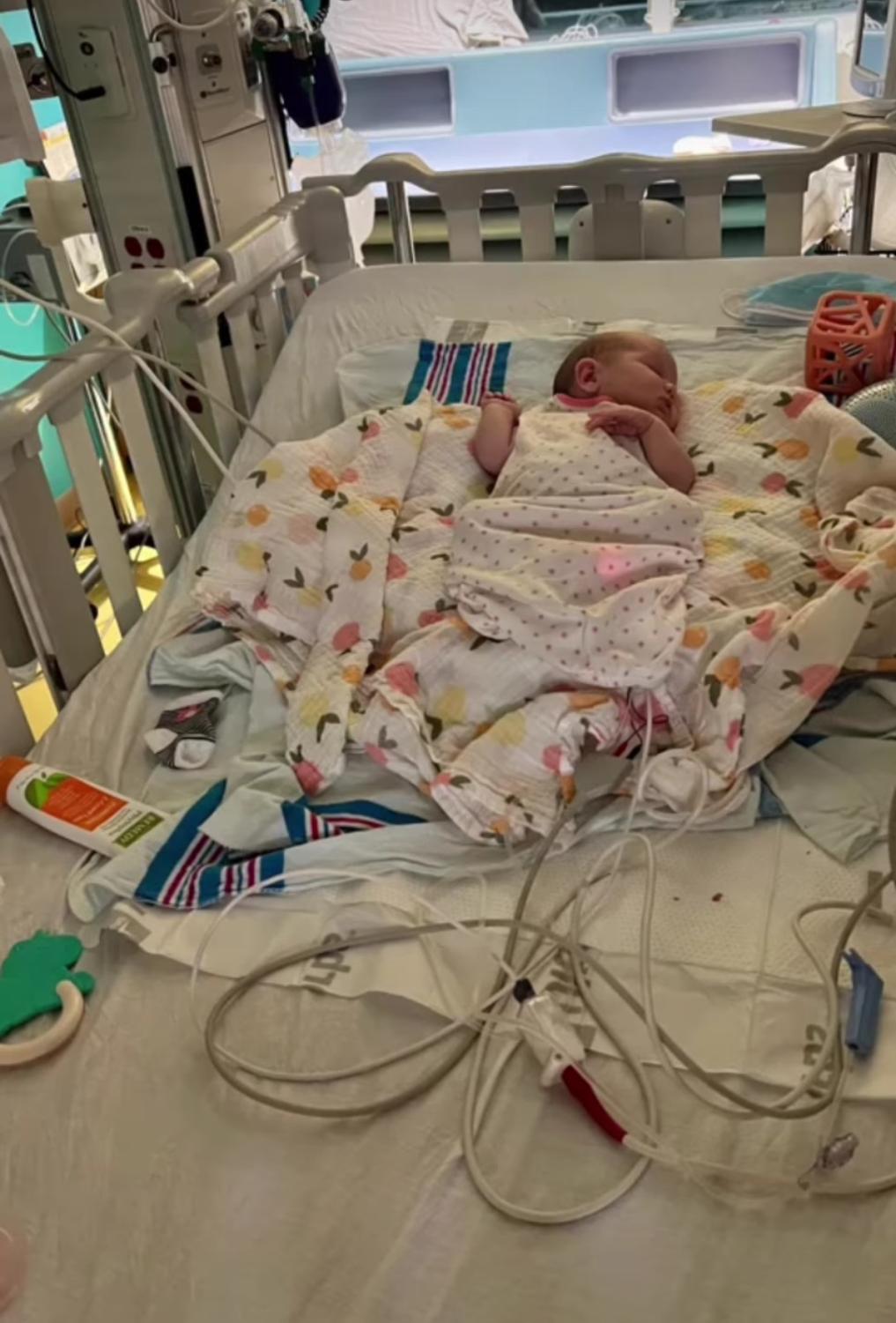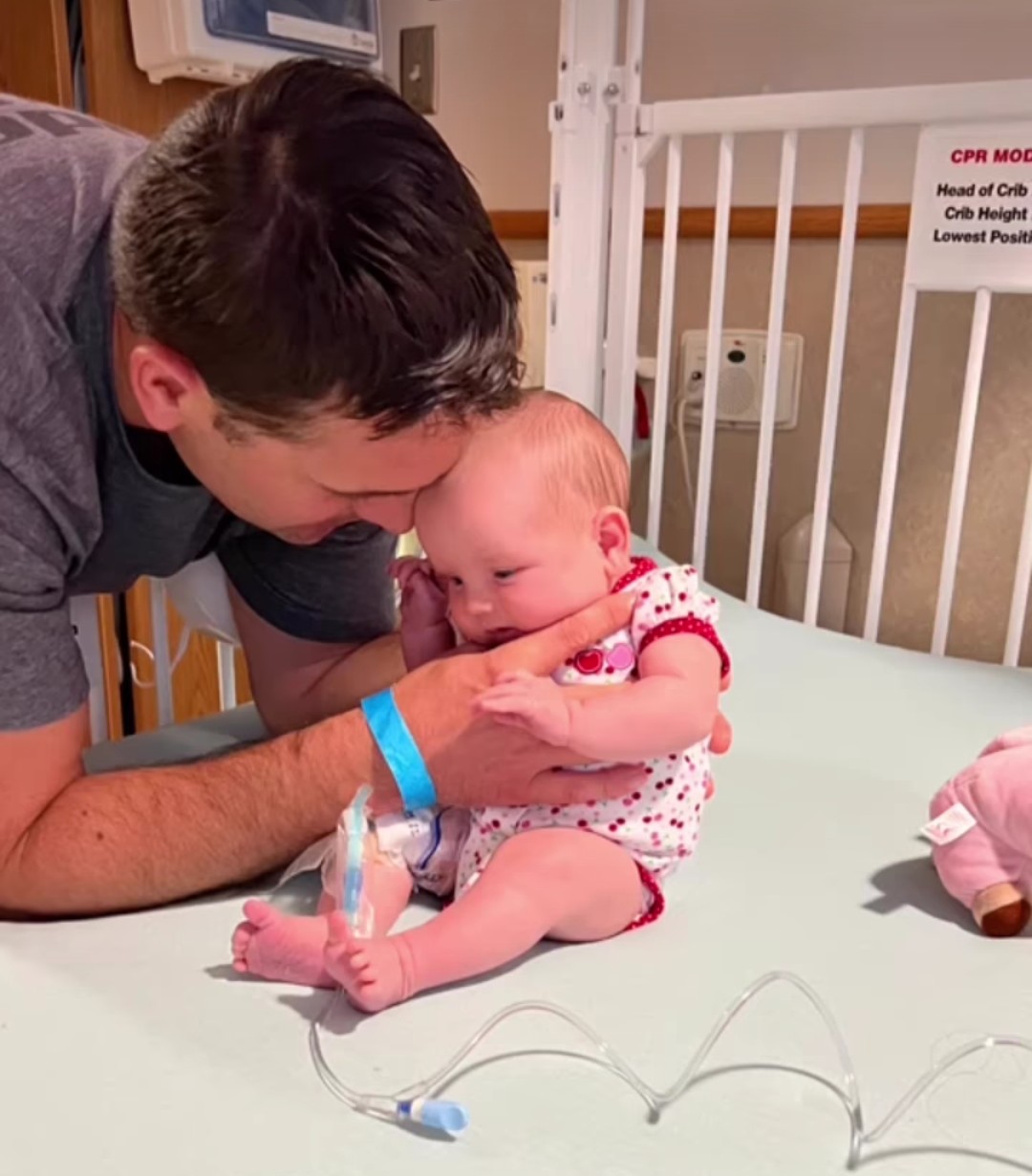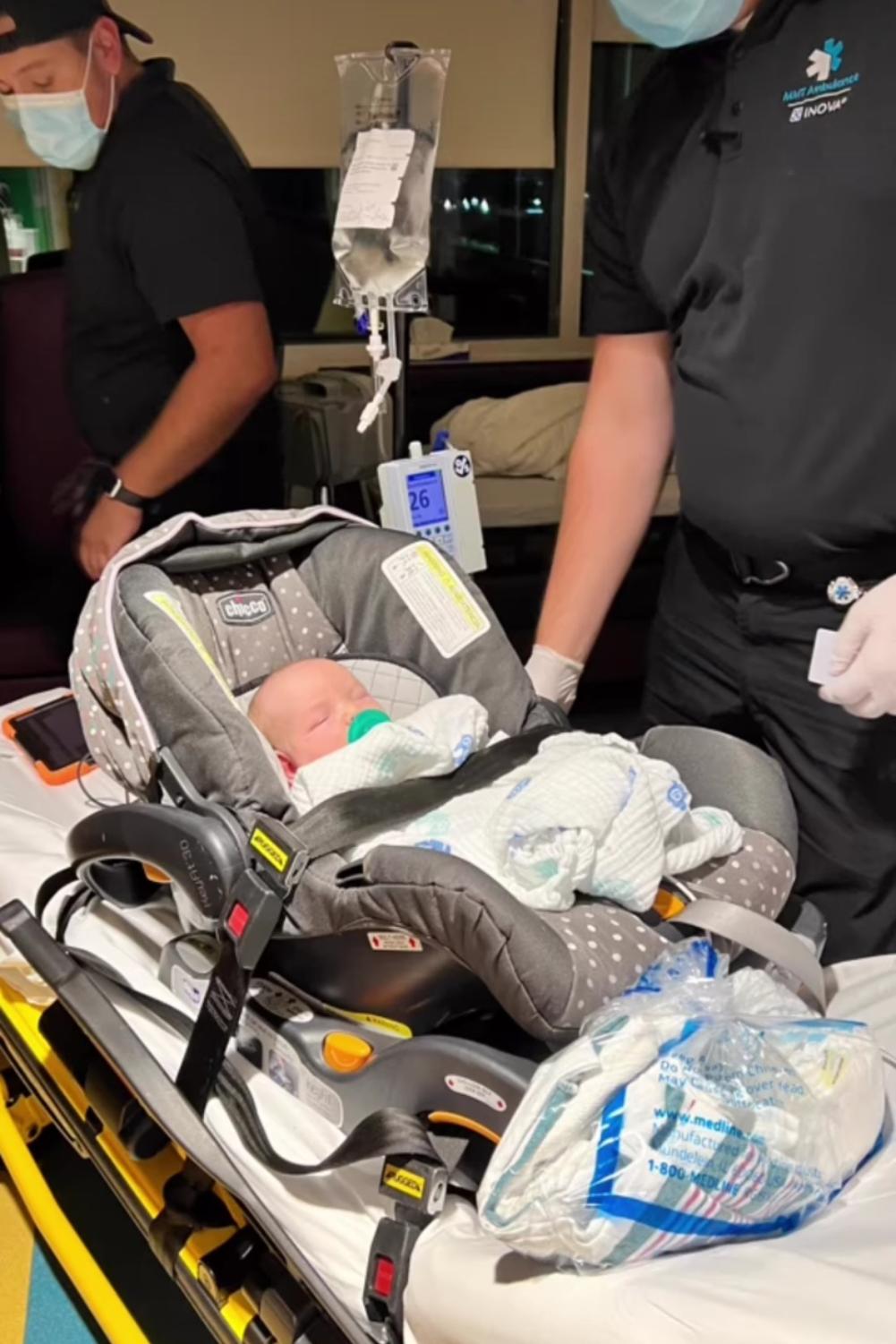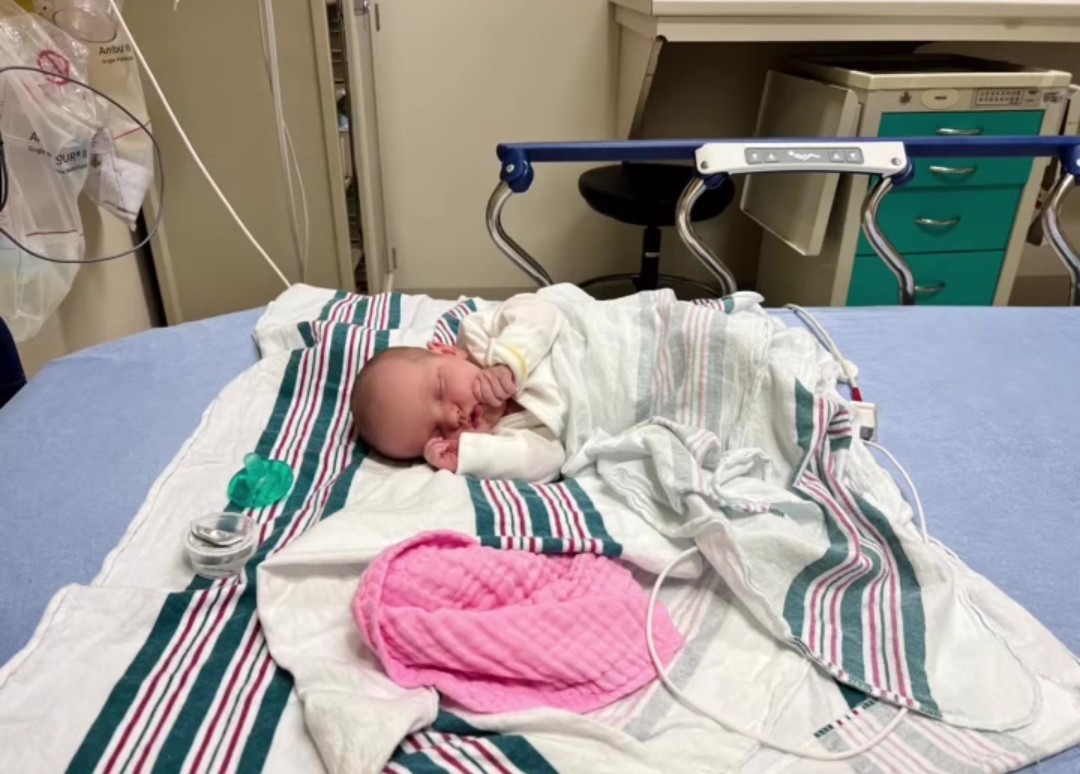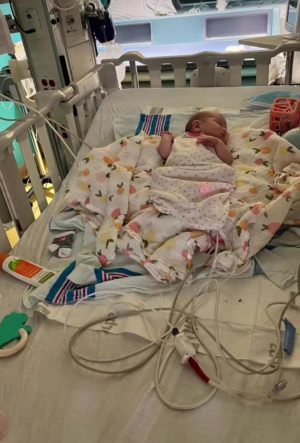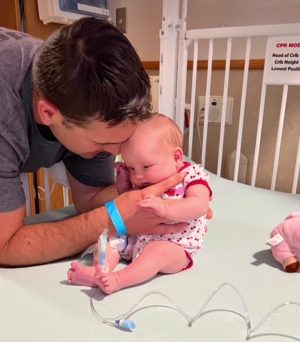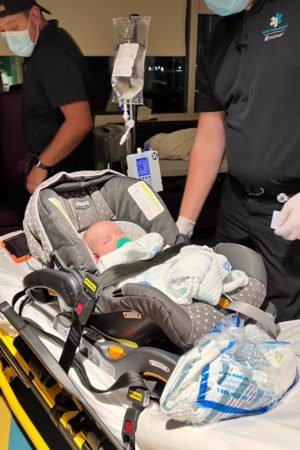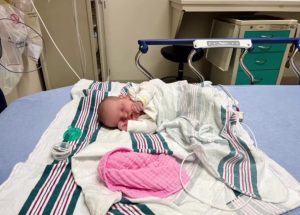Congenital Hyperinsulinism Awareness
October 27, 2022
Congenital Hyperinsulinism is a rare genetic disease that affects newborn babies. Out of every 25,000 to 50,000 babies born, 1 is diagnosed with this devastating disease. Even though the number of diagnosed newborns is low, this is still a very serious disease that should have more support and awareness in the world.
Congenital Hyperinsulinism is caused when the beta cells in the pancreas produce too much insulin. When an excessive amount of insulin is produced, it causes low plasma sugar also known as low blood sugar. Repeated episodes of low blood sugar can be dangerous, especially in infants. Because newborns’ brains are still developing, constantly not having enough sugar to support their brain functioning is critical to their development.
There is a specialty center for congenital hyperinsulinism at the Children’s Hospital of Philadelphia headed by world renowned Surgeon-in-Chief, Dr. Scott Adzik. He is celebrated internationally for his surgical treatment of hyperinsulinism and people travel far and wide to access his care. He has successfully performed surgery on over 400 babies with congenital hyperinsulinism.
As of right now there are two treatments for Congenital Hyperinsulinism: medical therapy and surgical intervention. Many research studies and trials are ongoing to help treat this disease. We hope that as there are greater advances in medical technology more treatment options will become available to cure this genetic disease.
My little cousin who just turned two months old was diagnosed with creating too much insulin within the first two weeks of her life, and later was diagnosed with Congenital Hyperinsulinism.
Eliza Hatfield qualified for a specialized PET/CT scan and got the chance to be Dr. Adzick’s 600th patient for Congenital Hyperinsulinism. She is still in the care of the Children’s Hospital of Philadelphia and we are waiting for the results of her surgery. Her family has been so strong throughout this whole diagnosis and the process of her treatment. It has been a long journey; going from hospital to hospital, doctor to doctor. In this unexpected situation the family has banded together forming an indestructible pillar of love and strength.
Couples who have a child that has been diagnosed with CHI can find the support system they need on the Congenital Hyperinsulinism International website. This organization focuses on improving the lives of families that are affected by this disease.
We can help them by raising more awareness for CHI, donating funds to support greater research advancements, and more.



